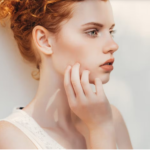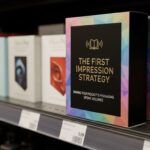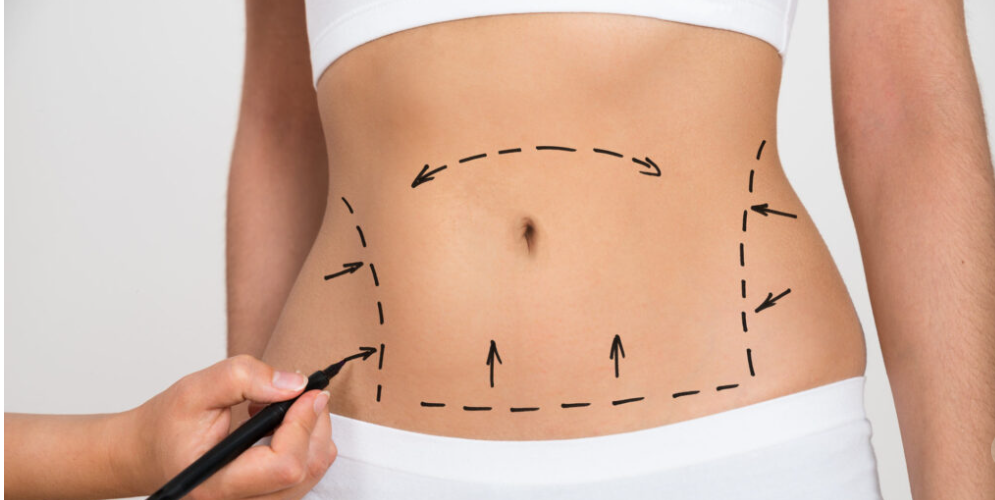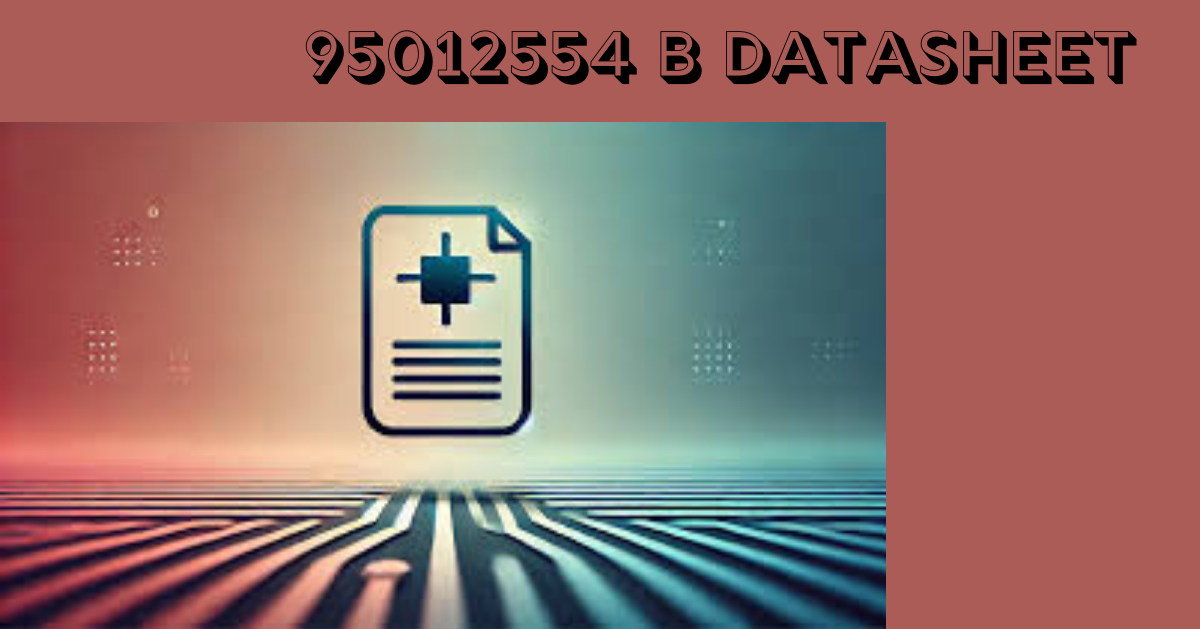BUCKLEY (1989, Chula Vista, CA, USA) is a stream-of-consciousness conceptual artist whose work most frequently manifests in the form of ink drawings. She applies her “process-over-product” method to a variety of mediums, including: music, textiles, performance, installation, sculpture and experience events. Her central focus is Ecstatic Creativity through the activation of the automatic and intuitive mind. Buckley’s drawings are visual meditations rendered with simple materials and precise line work that deliver symbolic messages which are both immediately clear and ever-developing with time spent observing.
Your performance art is what initially drew me into your work. When and why did you decide to move your line work off of paper and onto the body?
Performance work actually came before my visual art. I grew up doing theatre and playing music. I draw inspiration from dance and expressive movement, so I’d say if anything, my performance work has shaped the imagery and messages in my line work. I put my drawings on clothing now so I can see it move with a body. I love finding ways to take my art out of the standard gallery context to let it become more functional and vital, giving it a new life.
The subtle variation in colors are very effective. Why have you chosen to keep to a muted color palette?
I choose to work with limited palettes because I feel a stronger connection to a certain color if it’s contextualized by only a few others. When I first started drawing, I was way more liberal with color, and that work felt much less intentional. At a certain point, I dropped color altogether and focused only on form and line development. I filed all my markers away in jars organized by palette, just so they’d look nice on a shelf. When I was ready to go beyond black and white, I chose one jar at a time, using only 5-10 tones of the same color to create a piece. This taught me how to distribute hues to maximize the impact of a shape. I am still learning this lesson, I think it’s one of the more challenging (but fun!) aspects of art for me. As for muted palettes, I feel especially drawn to soothing colors and earth tones, there is something very grounding about working with and viewing them.
In your earlier works included in “embodying,” you yourself are the subject matter. Tell me a little bit about that and how you are one with the given object.
“Embodying” is how I describe any performance work I do, be that dance, music, modeling, acting, so on. Anything where my body is the medium of expression. All of the work I do is very rooted in automatic and authentic responses. So instead of feeling something and putting pen to paper to render it, the embodiment work is about embedding a feeling inside me and really becoming that concept. Feeling around in the skin of it. Interpreting its essence, and reflecting it to an audience. Very often I’ll make visual art and long feverishly to climb inside of it. There’s something about detaching from whatever my usual projection is, and trying on another identity that’s always thrilled me.
Tell me a little bit about transitioning from written word to linework?
Writing is the very first creative expression I can remember truly feeling free in, especially in the realm of automatic creativity. My brother was my first huge source of written inspiration. I’d find his notebooks and writings around the house and in the backseat of his car and read them secretly. I really cherished his wildness, his mind and his ability to make melody in poetic verse. This inspired me to break out of journaling as usual and let my hand run away with itself. That exercise spilled perfectly into creating images, because the less I tried to draw something, the more I was able to discover the endless stream of imagination in my mind. I also used to draw all over myself in high school when I was bored in class. I’d walk out of a history lesson with a full sleeve of patterns on my arms. But I didn’t start consciously relating to drawing until college, after I took a very uninspiring poetry workshop that caused a two year writer’s block. I needed to keep moving my hand, but the messages stopped coming to me in the form of word, so I went another direction. Then, of course, the writing muse returned with full force as soon as I’d gone deep enough in my art practice. Different mediums and modes of expression have always taken turns coming in and out of my life. I let whatever calls me most intensely direct me until something else takes over.
I treat my art like a Rorschach test. When you’re asked to look and describe what you see, it sends you digging through your emotions and personal imagination. This approach is way more fun for me than delivering every image with a definition. I’m a social scientist when it comes down to it. I just want to hear what’s going on in other people’s heads. Art provides an opportunity for that conversation to exist. I especially love asking people who claim to know nothing about art to describe what they see.
A part of my mission on this planet is reminding people of their own creative genius. Encouraging another to share their perspective is a really fun way to keep them curious and empower them. It sometimes takes me days, weeks, months to see something in a piece, to really feel like I get what’s going on. I refer to my drawings as letters to my future self; the slow discovery is part of my relationship to the work. I feel that I draw from the collective conscience, so therefore the work is intrinsically up to interpretation.
You’re very open and direct with your work, however, I’ve noticed you’re quite shy and soft spoken in person. How does your work influence you or vice versa?
Hmmmm. This question lands on me in a very interesting way. I think most artists would agree that privately creating something allows for a louder, more robust aspect of the self to step forward. Social circumstances, especially ones like the gallery opening where I met you, tend to move me inward. Being on display sometimes makes me want to be a fly on the wall, not for fear of being seen, but simply to observe a reaction to the work in anonymity. Plus, when the work is hung up on a wall, I feel like I’ve made my statement in that space, and the work is doing the talking.
Oh my! This is one of my favorite things to look back on. The work has and will always be an unfolding journey. Tracing back, it came from a response to the rapping at my heart’s door, an itch to create and uncover, evolve and connect. I’ve got big visions for the work to come climbing out of me, shedding the skin of what I thought was maximum potential and finally diving into my infinite well. I am now collecting all the seemingly separate threads from my lifetime of creative expressions: music, writing, dance, visual art, performance, philosophy, and weaving them together, indulging in a menagerie of them all. My drawings will grow into kinetic sculpture and animation, so they can move and express more vividly. My patterns will make their way onto beautiful textiles and surfaces to be lived with and worn. Sketches that grow into paintings will live on big walls and buildings, a feast for midday thought and a stamp of the ever present goodness surrounding and within us. Writing and music will more frequently accompany my visual work. And tons of performance-based collaboration. I see myself making work that is more conceptual and diverse, and it will reach out to larger public masses.What kind of responses have you received? Have you received feedback that took you by surprise or made you extremely happy?
The responses I’ve received are generally very powerful and uplifted! I’m always surprised how much someone can hear and feel me through a single image. I create work from an ecstatic place, and I find that people mostly resonate with that feeling while viewing. The joy is infectious.
I learned about presence work in my yoga and meditation practice, which got me more in touch with myself. As I said before, there’s a close relationship between accessing self and awakening creative potential, so in my early phases of visual art, I found that my technical ability grew when I removed the “destination” so to speak. I got to know myself as the work grew into its identity.










